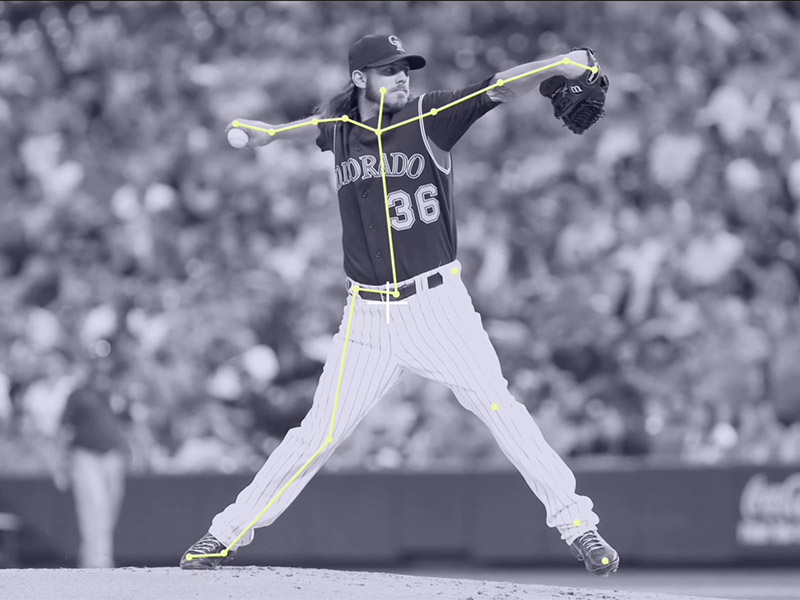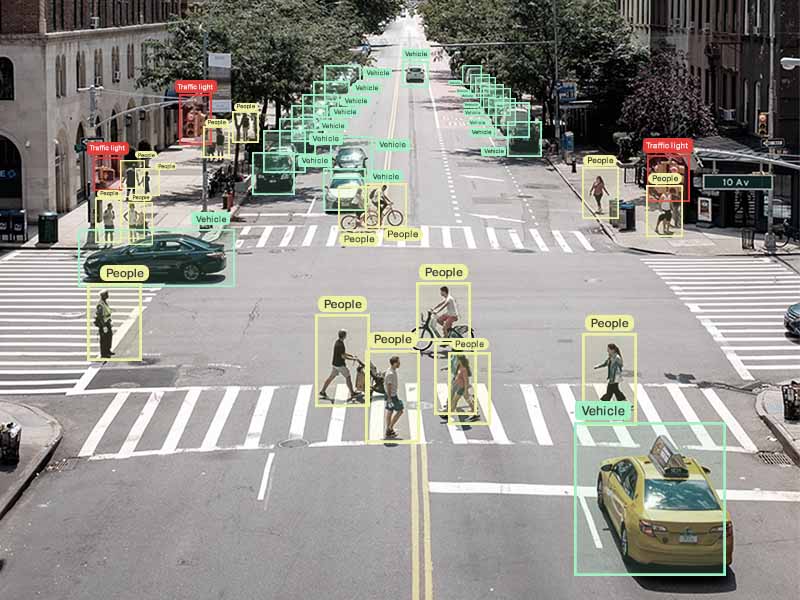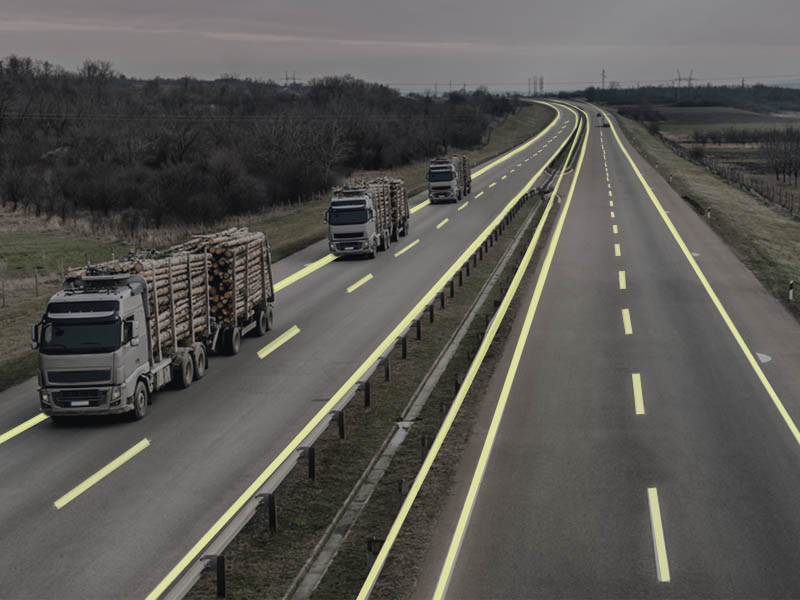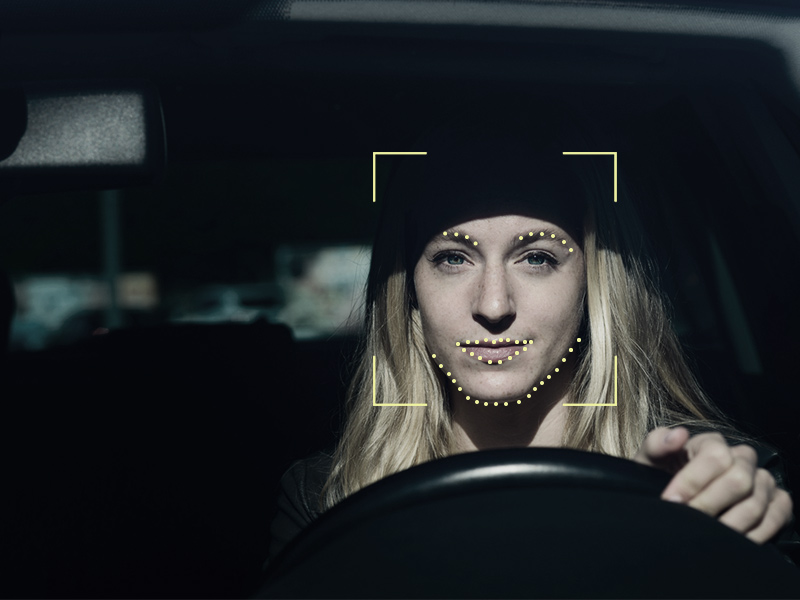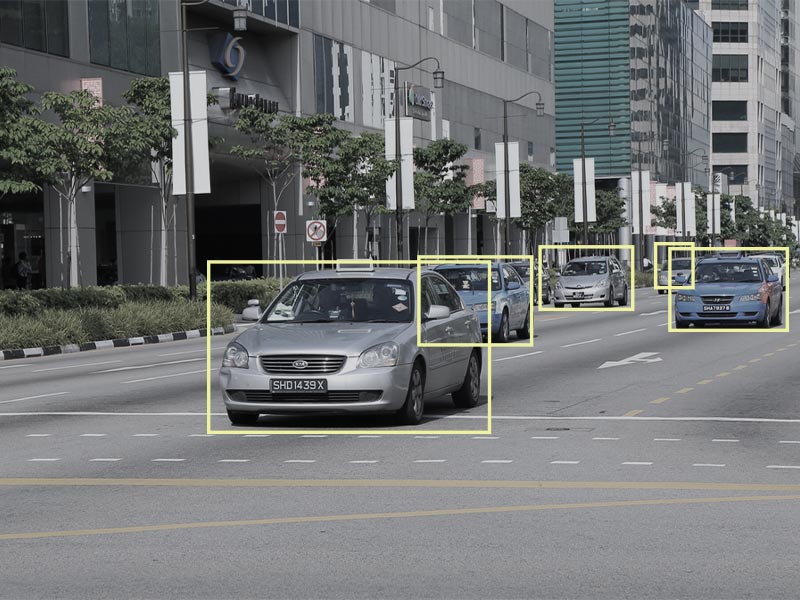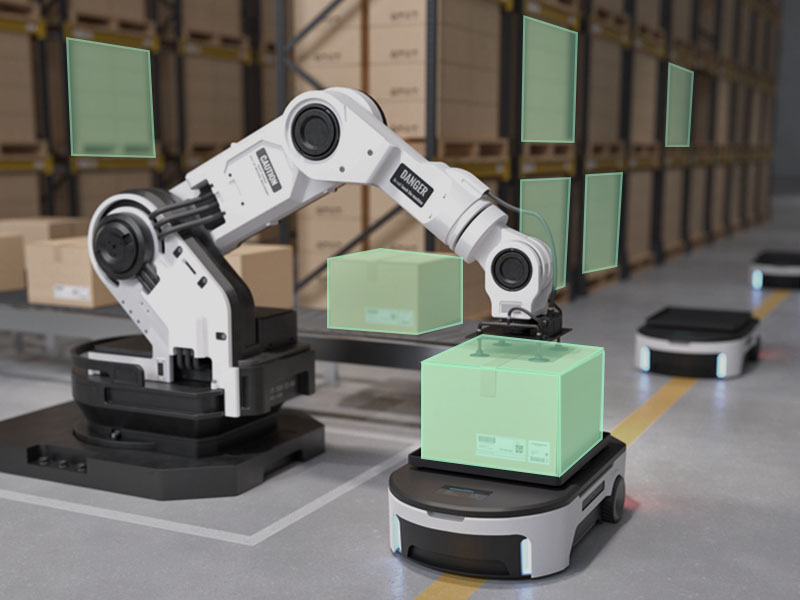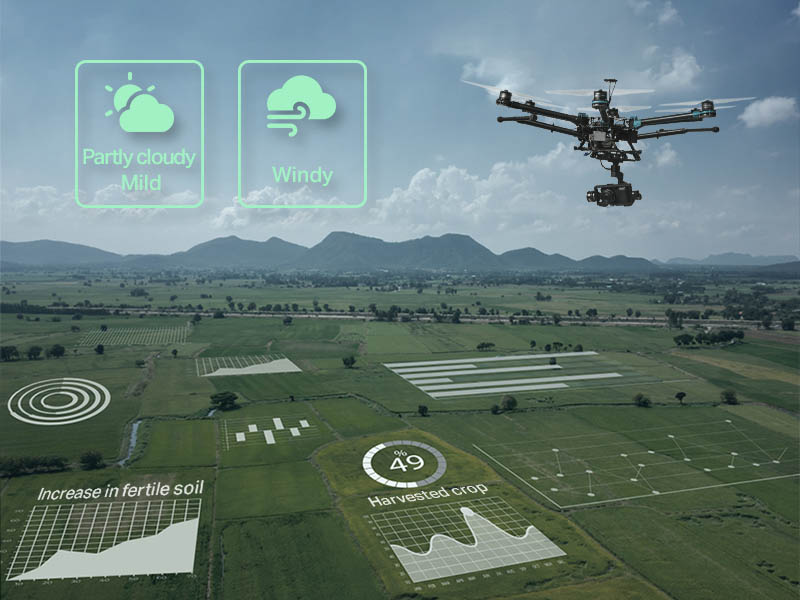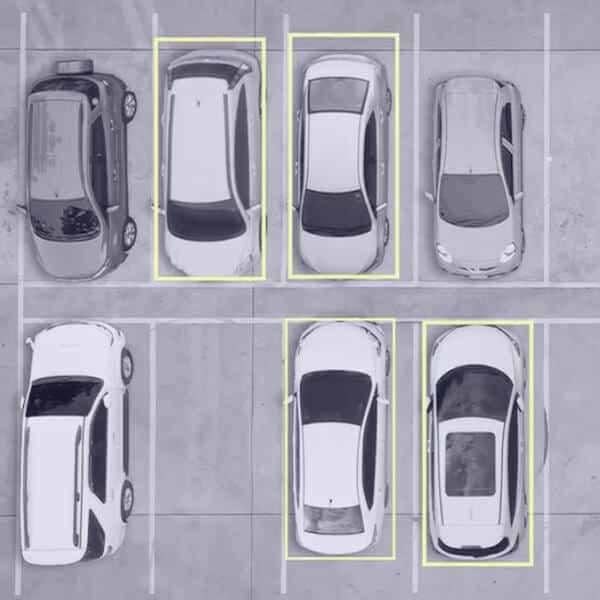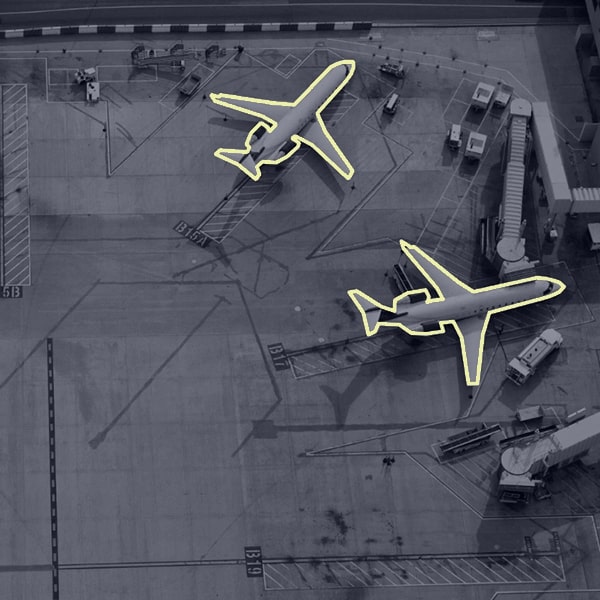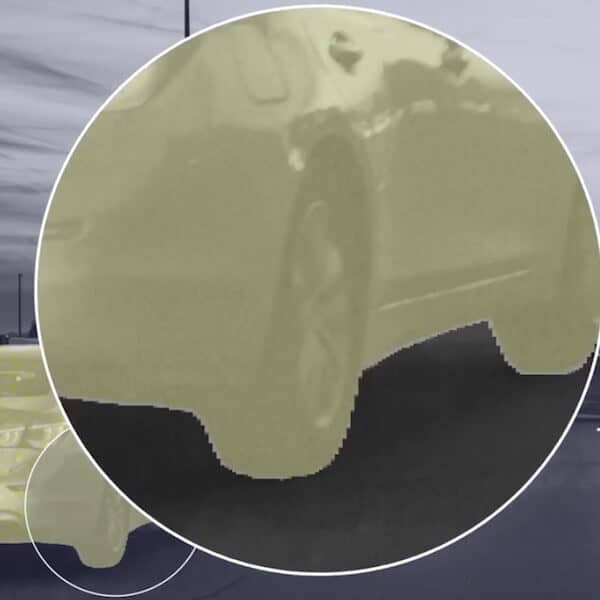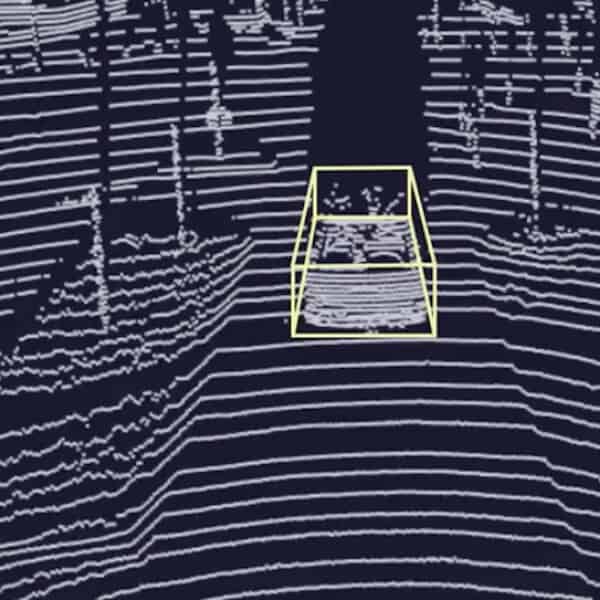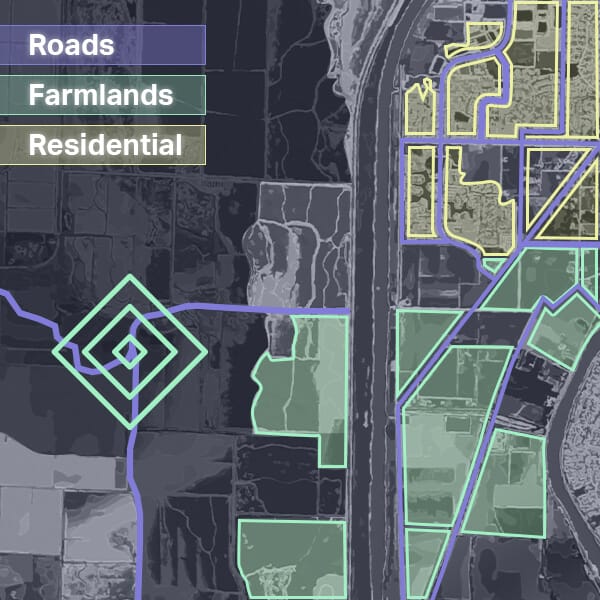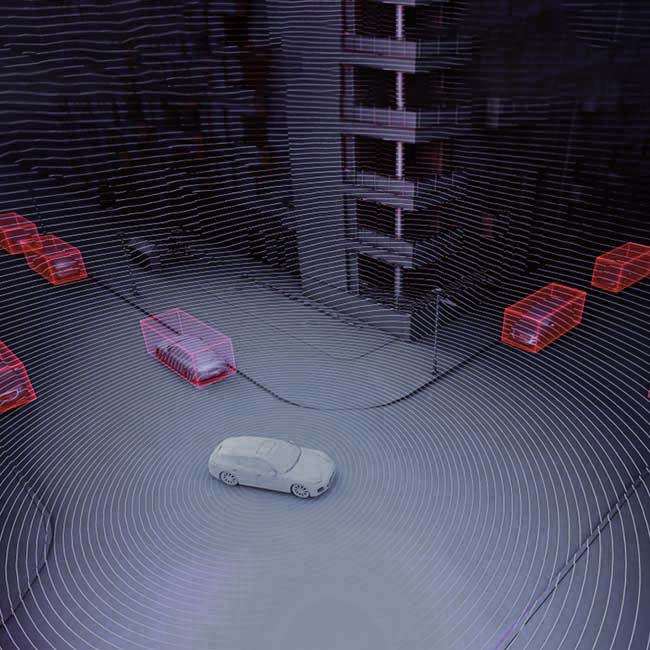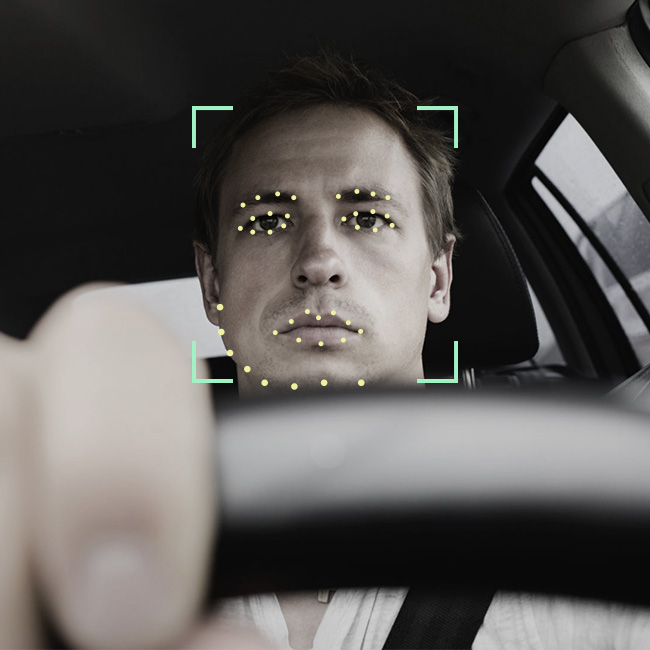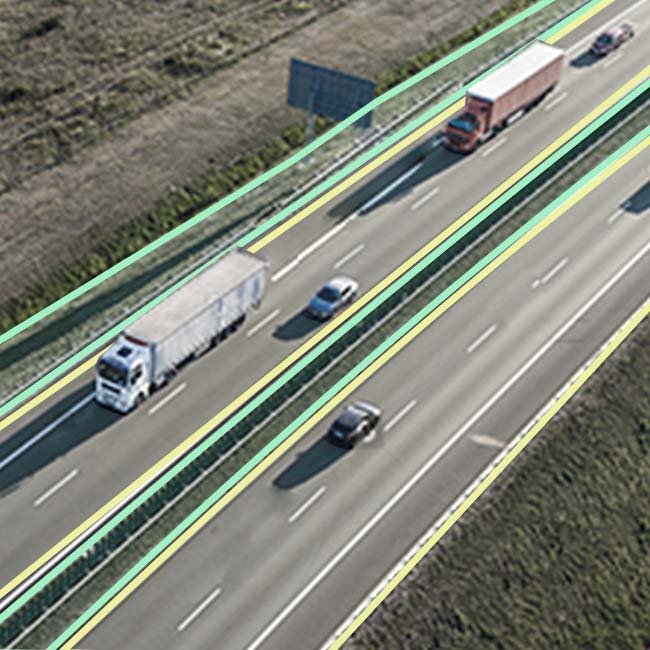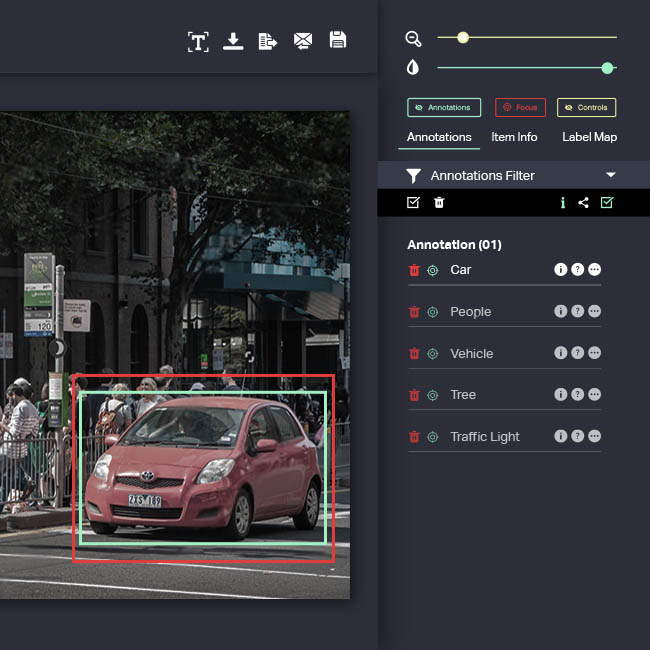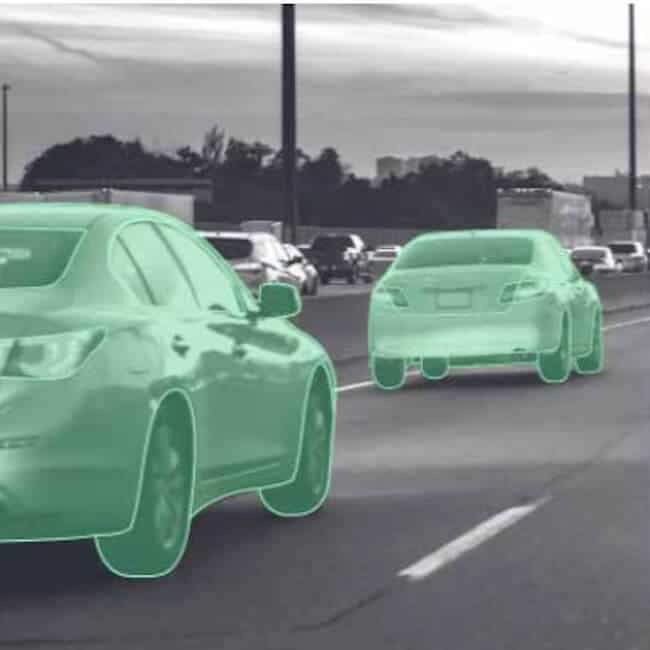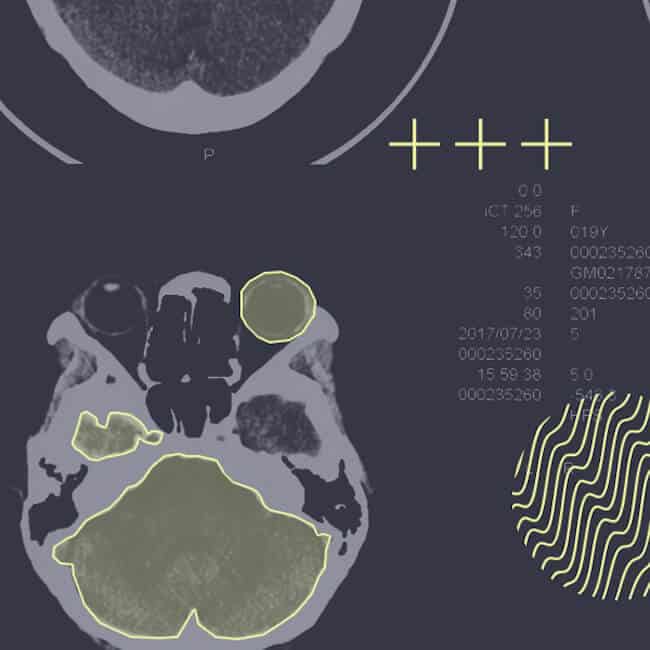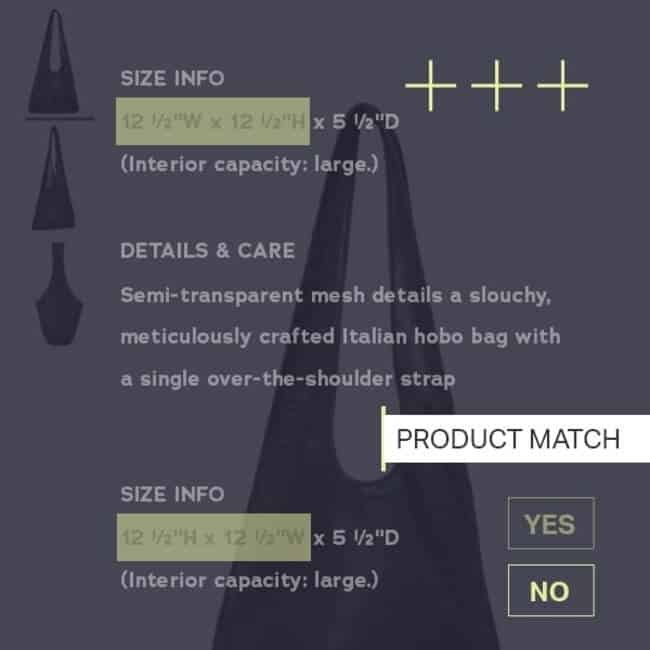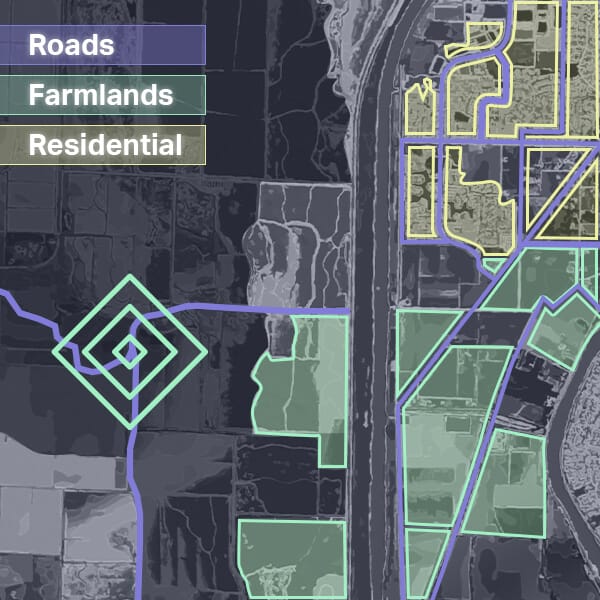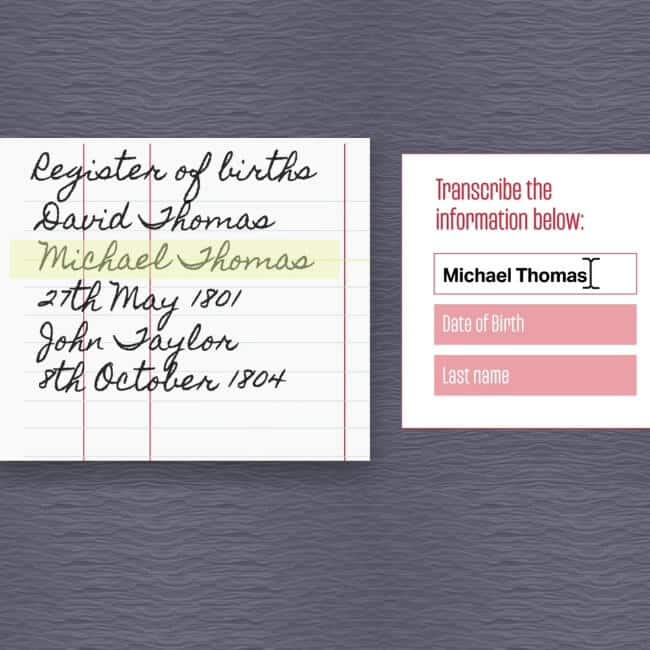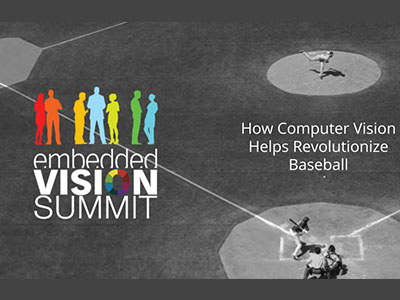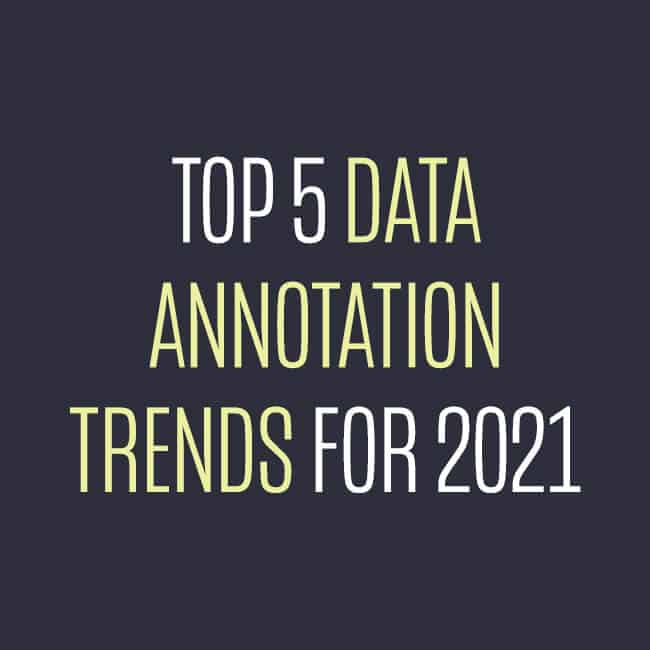BOUNDING BOXES
Rectangular box annotation, often referred to as bounding box annotation, stands out as the most widely adopted method in computer vision. BeetSoft's computer vision specialists leverage this technique to delineate objects and facilitate data training. By annotating images with rectangular boxes, algorithms gain the ability to recognize and localize objects throughout the machine learning journey. The straightforwardness of bounding boxes is precisely what makes them so versatile, rendering this annotation method suitable for diverse applications.
POLYGON ANNOTATION
Specialized annotators mark points on every vertex of the object of interest. Polygon annotation ensures precise delineation of all edges of the object, accommodating various shapes. This enables computer vision and other AI models to detect and interact with objects accurately. Particularly valuable in computer vision, this technique empowers annotators to identify irregular shapes, equipping computers with the ability to detect and respond to them effectively.
SEMANTIC SEGMENTATION
The BeetSoft team initially segments images into their constituent parts before proceeding with annotation. BeetSoft's computer vision specialists excel at identifying specific objects within images down to the pixel level. Through meticulous semantic segmentation, data can be structured into various formats to suit the needs of AI models across diverse applications.
LIDAR ANNOTATION
BeetSoft's team meticulously label images and videos captured from multi-sensor cameras, ensuring comprehensive 360-degree visibility. This effort aims to construct precise and top-tier ground truth datasets vital for training computer vision models, particularly those utilized in autonomous vehicle technology.
IMAGE CLASSIFICATION
BeetSoft's annotators proficiently classify images or objects within images using customized multi-level taxonomies, covering diverse categories such as land use, crops, residential property features, and more. Through expert image classification, raw image data is transformed into valuable insights for AI and ML models, enhancing their accuracy and performance.
3D CUBOID ANNOTATION
BeetSoft annotators leverage cuboids to create training datasets, enabling machine learning models to grasp the depth of objects accurately. Through expert data labeling, BeetSoft develops top-tier training datasets tailored for computer vision models, enhancing their ability to detect object dimensions and obstacles effectively. By strategically placing anchor points at the edges of items and connecting them with lines, a 3D representation of the object is generated, facilitating comprehensive understanding.
KEYPOINT ANNOTATION
BeetSoft teams utilize keypoint annotation to delineate objects and variations in shape by connecting discrete points across objects. This annotation method is particularly adept at detecting body features, including facial expressions and emotions. Keypoint annotation finds widespread application in facial recognition and other related tasks where precise identification of key features is crucial.
POLYLINE ANNOTATION
BeetSoft experts craft training datasets employing polyline annotation, instructing machine learning models to recognize physical boundaries for navigation. This annotation method is widely employed in various applications, notably in training autonomous vehicles to understand road boundaries and operate within defined spaces effectively.
RAPID ANNOTATION
BeetSoft's image annotation platform leverages image interpolation to quickly annotate a variety of file formats, including JPG, PNG, and even CSV. BeetSoft's annotation experts excel in creating high-quality video training datasets efficiently, catering to any AI or ML project requirements. Empower your data science team with the expert service they require to transition their project from conception to production.

